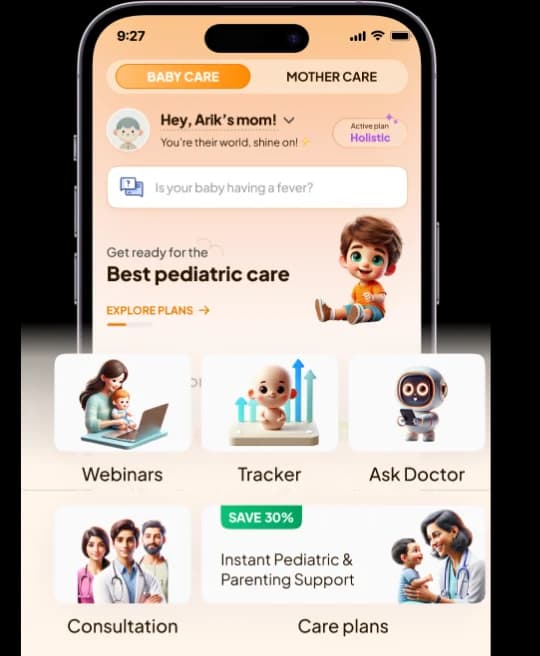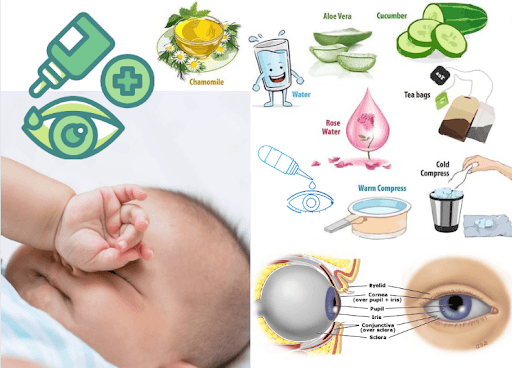
As a parent, it is only natural to be concerned about your child’s growth and development. After all, you want to ensure that they are healthy, happy, and thriving. One way to monitor your child’s growth is by using a growth chart and tracker. In this comprehensive guide, we will discuss everything you need to know about growth charts and trackers.
What Is A Growth Chart?
- A growth chart is used to track your baby’s growth and development.
- It is a tool that allows you to monitor your baby’s developmental milestones and determine if your child’s growth is within the normal range.
- It is crucial to understand that newborn girls and baby boys develop at different rates. For this reason, there are unique development charts for girls and boys.
What Is A Growth Chart Used For?
Tracking your baby’s overall development and progress can be done with a growth chart, which uses the following three parameters-
- Height
- Weight
- Head circumference
Your baby’s pediatrician must measure these factors to evaluate its growth. Once you have the measurements, enter them in the growth chart for your child. These figures must be monitored over a while. These measurements will indicate whether or not your infant is growing at the expected/standard rate.
It is also recommended that you discuss these data with your child’s pediatrician, who will help ensure that your child’s growth follows the standard/normal curve.
What Do Percentiles Mean In Child Growth?







